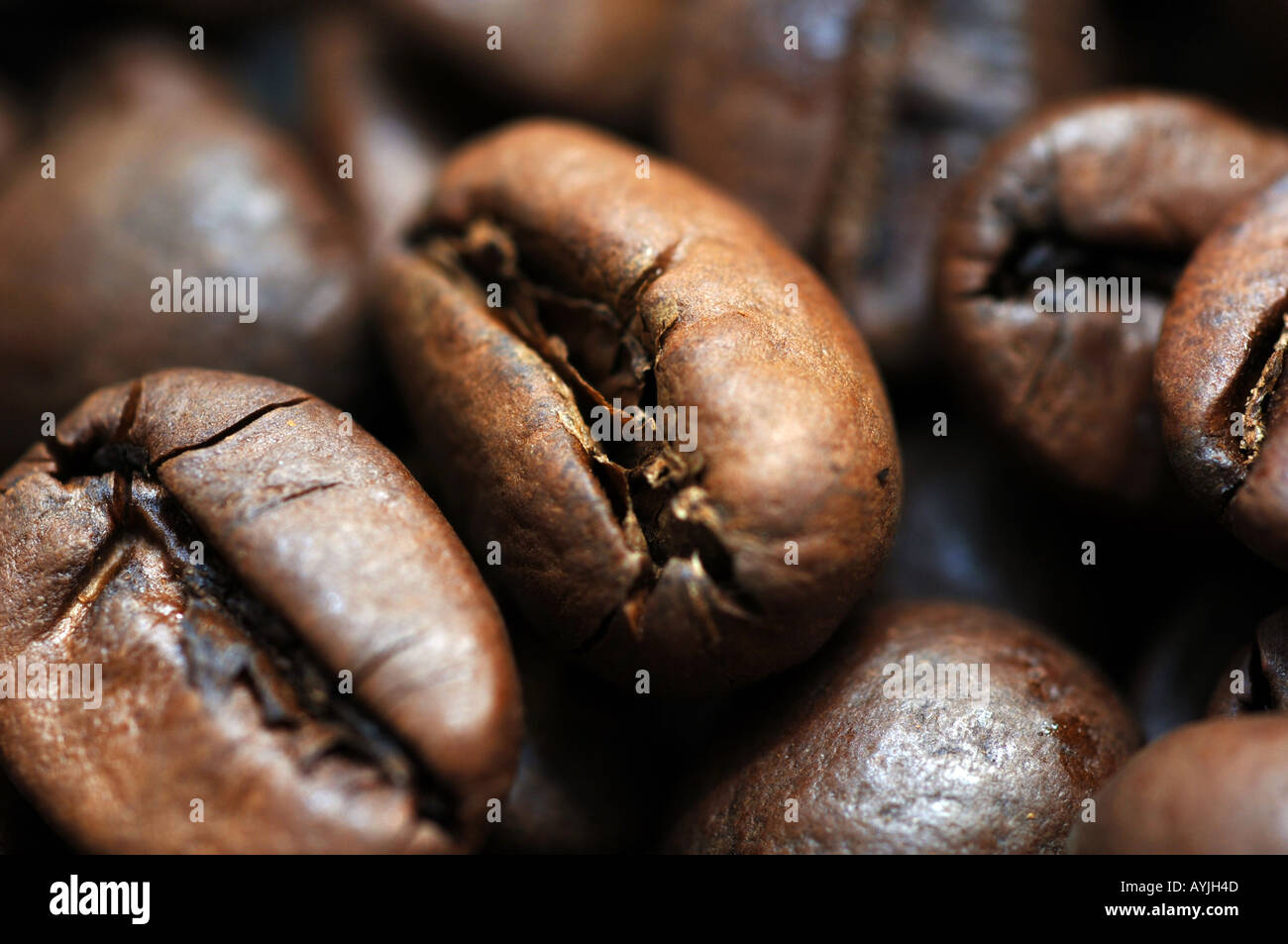Brew is not just a daily routine; it is an artistic expression, a fascinating combination of notes and aromas that can turn an ordinary day into an extraordinary experience. In recent years, the rise of speciality coffee has taken the world by storm, inviting enthusiasts to discover the distinct characteristics of each brew. From the careful cultivation of coffee beans to the intricate brewing techniques, every aspect in the art of brewing contributes to the ultimate experience you carry in your fingers.
Craft coffee provides a adventure through unique flavor dimensions and backgrounds, showcasing the distinct qualities of various coffee types. Whether you prefer the creamy and earthy notes of arabica or the intense flavor of espresso grounds, there is a realm of choices waiting to be explored. With the convenience of kilogram bags of coffee for offering whole bean and ground coffee, exploring different blends and roasts has never been more accessible. Join us as we dive into the subtleties of gourmet coffee and learn how to craft distinct tastes in every sip.
Exploring Specialty Coffee Types
Gourmet coffee features a wide range of high-quality coffee that is meticulously harvested, prepared, and crafted to highlight distinct flavors and origins. The most popular types of gourmet coffees are Arabica and Robusta, each providing characteristic taste profiles. Arabica is celebrated for its creamy, layered flavors and acidity, hence it is favored by coffee connoisseurs. Robusta, on the flip side, offers a stronger, more bitter taste with a greater caffeine content, often used in espresso blends to generate a fuller body.
Within the sphere of specialty coffees, single-origin sourced options are greatly desired. These coffees are sourced from specific regions, allowing drinkers to experience the characteristic terroir connected to their growth. For instance, Ethiopian coffee is famed for its flowery and fruity-flavored notes, while Colombian coffee is noted for its well-rounded flavor and mild acidity. Discovering the variety of these origins opens up a universe of flavors that cannot be replicated in blended coffees.
A further exciting aspect of artisan coffee is the range of processing methods that can influence taste. Dry, washed, and honey processes all impart different characteristics to the beans. Natural processing emphasizes fruity flavors, while washed processing typically yields a clearer cup with pronounced acidity. Honey processing strikes a midpoint between these two, producing sweetness and complexity. Grasping these methods is essential for those looking to appreciate the entire value of specialized coffee and value the artistry behind each sip.

Milling Techniques for Taste Enhancement
When it comes to specialty coffee, the process of milling plays a crucial role in revealing the intricate flavors hidden within the coffee beans. Different grinding methods can yield distinct results, influencing not only the flavor but also the aroma of your brew. Using a burr grinder is strongly recommended for attaining a consistent grind size, which allows for maximum extraction. For espresso, fine grinds are crucial, while a coarser grind is suitable for techniques like French press. Spending time in choosing the right grind can significantly enhance the coffee sensation.
Another important aspect of milling specialty coffee is the quality of the coffee beans. Whole coffee beans hold their taste far more than pre-ground choices. Therefore, milling your coffee beans just before brewing is ideal for capturing the full range of tastes. Whether you're using 1kg of coffee beans or lesser amounts, making sure that your ground coffee is freshly made can elevate your daily cup. For those experimenting at home, consider a portable grinder, which provides convenience without sacrificing on quality.
Lastly, understanding the kind of coffee you are working with can affect your grinding technique. Specialty coffees, like arabica coffee, may benefit from a particular grind size to highlight their distinctive characteristics. For instance, when working with arabica coffee grounds, a mid-level grind can strike the perfect balance between taste extraction and brewing time. By paying attention to these details and experimenting with different milling methods, coffee enthusiasts can enhance each sip of their crafted drinks.
Opting for The Finest Beans for One's Brew
As you embark on preparing an ideal cup of specialty coffee, choosing suitable coffee beans is essential. The type of bean you select will greatly influence the taste and overall standard of the brew. Gourmet coffee, especially Arabica varieties, is widely recognized for its rich taste and aromatic qualities. Look for whole coffee beans that are freshly roasted, as quality is crucial to achieving optimal flavor. Think about trying out with CoffeeHype to unearth a mix that pleases your palate.
Additionally important factor to take into account is the grind size of your coffee. Various brewing techniques needs specific grind sizes, whether it be espresso grounds for a bold shot or rougher grinds for a French press. Buying the best coffee beans for milling can improve your enjoyment of coffee. Freshly grinded coffee beans unveil essential oils and flavors that pre-ground varieties may not offer. A quality burr grinder can guarantee that you achieve the right consistency for your preferred brewing method.
Finally, don't overlook the value of sourcing the coffee beans from trustworthy suppliers. Specialty roasted coffee often originates from specific regions known for their distinct flavor profiles. Whether you are buying 1kg coffee beans or 1kg ground coffee, emphasize sustainability and quality. Looking into alternative origins and preparation techniques will expand your understanding for coffee, enabling you to savor the unique flavors crafted in every sip of your brew.
